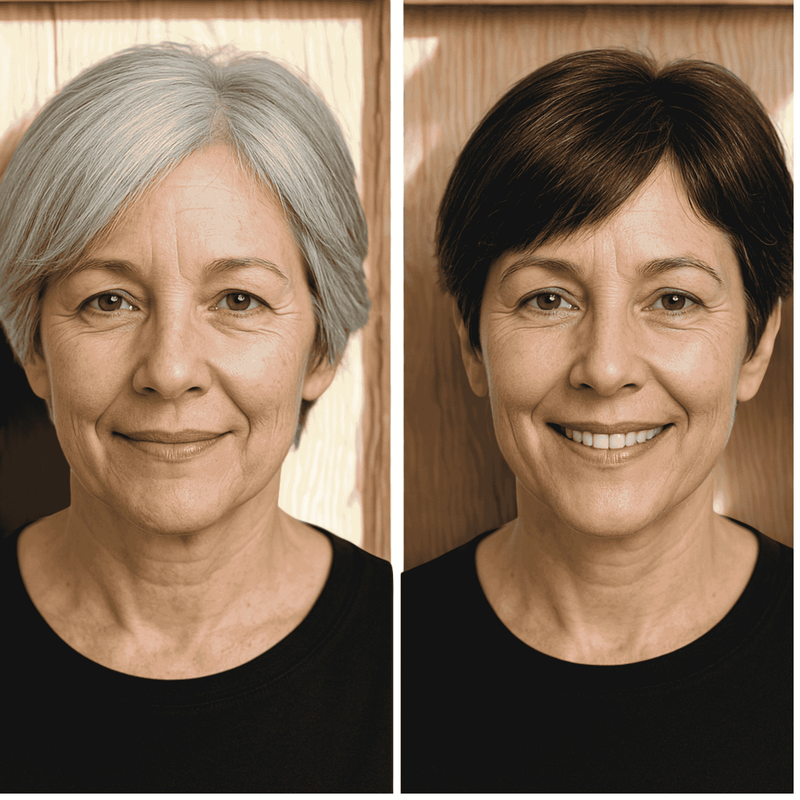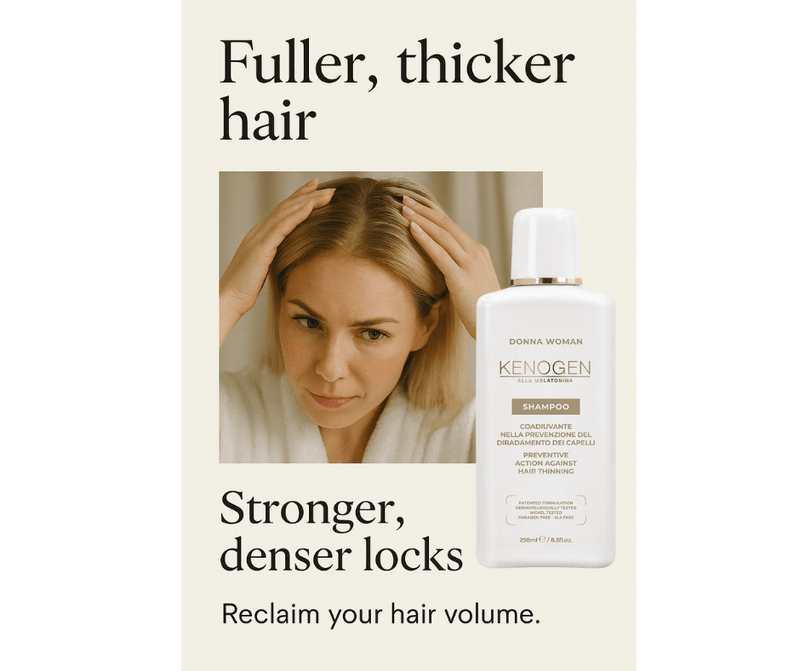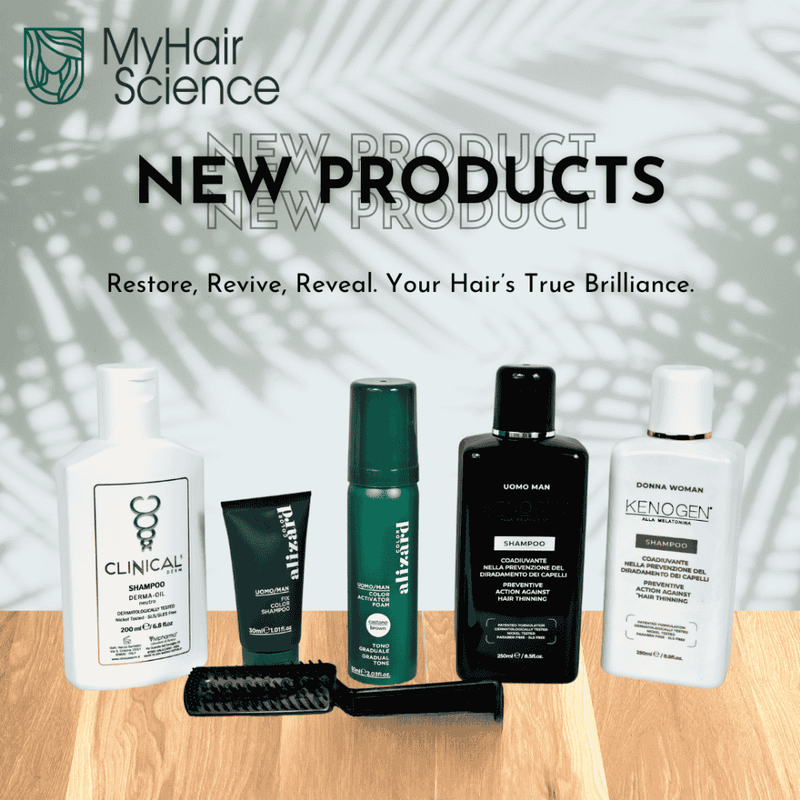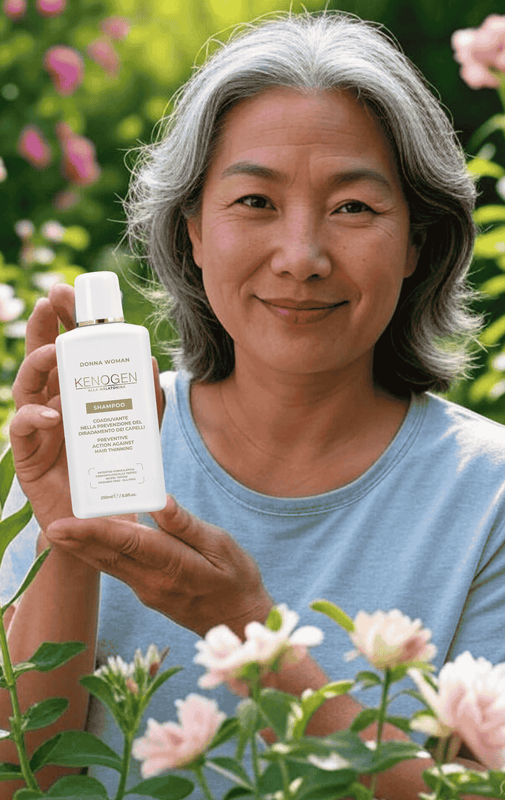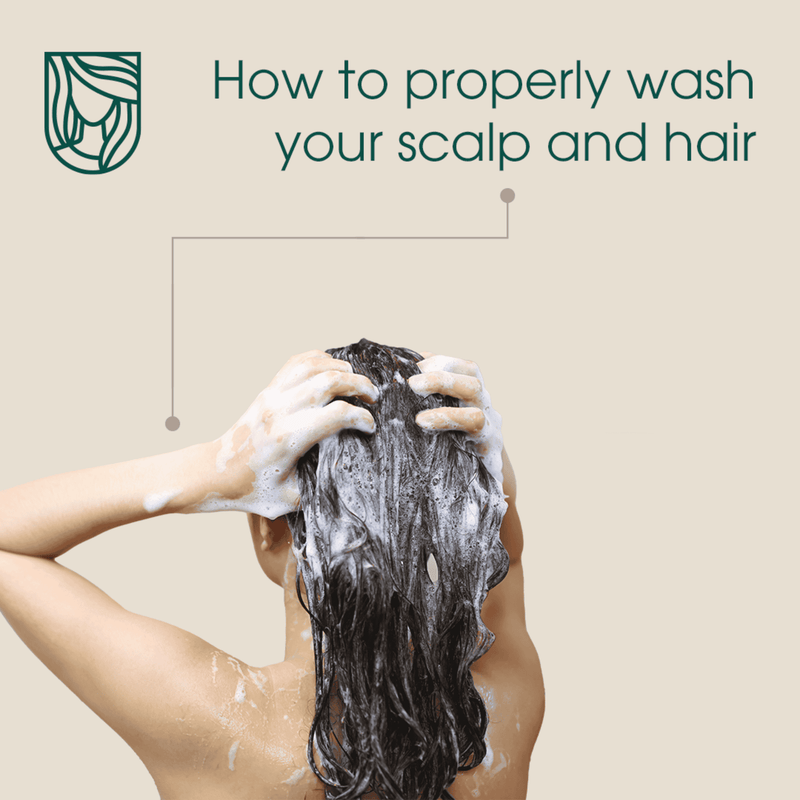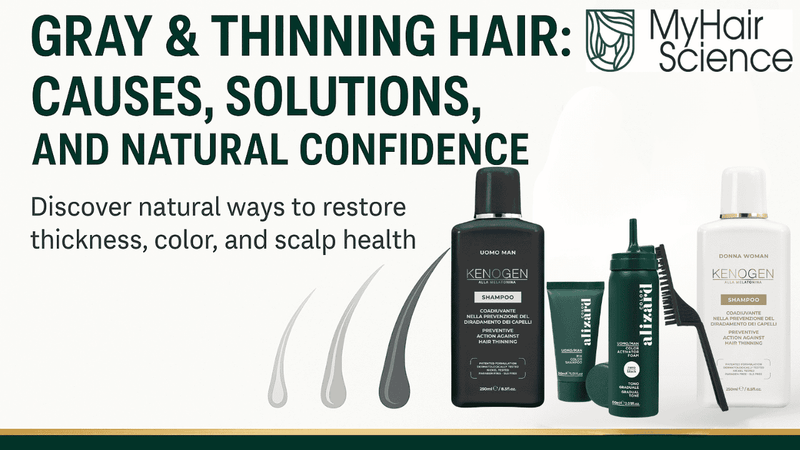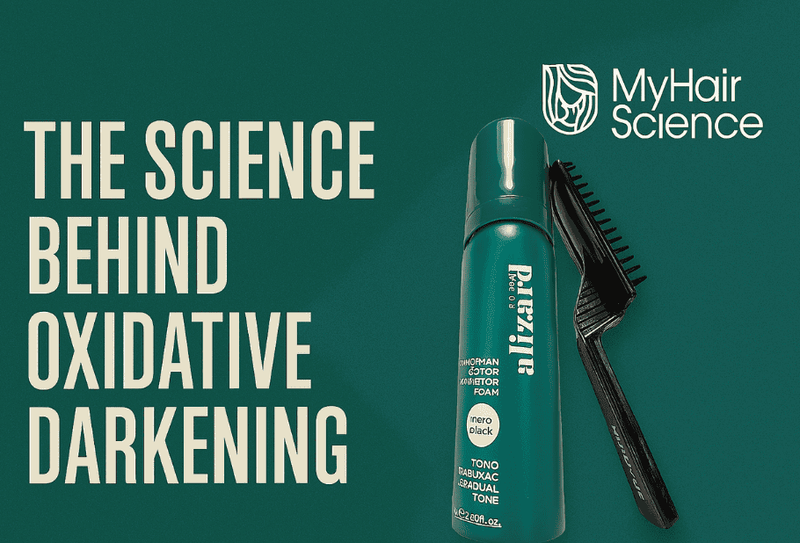

The scalp of infants and young children, much like that of adults, consists of an epidermis with a hydrolipidic layer, the dermis, and subcutaneous tissue. It includes glands—sweat and sebaceous—as well as hair follicles, blood vessels, lymphatic vessels, and nerve endings. However, due to the immaturity of each layer, there are important physiological and functional differences to consider in caring for children’s delicate skin.
Physiological Differences
The thickness of an infant’s epidermis is approximately 50 micrometers. The stratum corneum is thin, the granular layer is fragmented and barely visible, and the spiny layer contains few desmosomes, resulting in a loose structure with weak cell connections. The basal membrane, supporting the single layer of basal cells, is often permeable, meaning even gentle rubbing can cause epidermal damage over a large area.
Until about six months of age, a child’s skin lacks elastin fibers, which in adults provide resistance to mechanical damage. Blood vessels are numerous and visible, and the subcutaneous tissue consists of small clusters of fat cells. Eccrine sweat glands resemble those in mature skin but are less active due to the developing nervous system. Apocrine glands, however, only develop during puberty.
Sebaceous glands are fully formed at birth, active for a short period, then regress until reactivated during adolescence. Hair follicles form around the 60th day of fetal life, initially producing soft, downy hair (lanugo) that sheds around the seventh month of pregnancy. Babies are born with vellus hairs, which are fine and may shed within two to three months, replaced by more permanent, genetically influenced hair in a light or darker color.
Key Differences in Children’s Skin and Scalp
- Weaker Protective Barrier: Children’s skin is a less effective barrier against microbes and physical or chemical irritants.
- Higher Permeability: The increased permeability means there’s greater water loss and absorption of substances, necessitating gentle, hydrating products.
- Larger Surface Area: In relation to body mass, a child’s skin surface area is proportionally larger than an adult’s, so improper skincare products can quickly cause adverse effects.
- Sensitive and High-Moisture Needs: Due to its sensitivity, children’s skin care should focus on gentle cleansing and hydration, with occasional oil-based products if needed.
- Strengthening the Hydrolipidic Barrier: Skincare products should help stabilize and strengthen the skin’s hydrolipidic layer.
Caring for a Child’s Scalp
For infants and young children, use products specifically formulated for their delicate scalps, avoiding strong surfactants like SLS that could damage the hydrolipidic barrier. Shampoos should contain high-quality, hypoallergenic, and natural ingredients. Ideal components include natural emollients such as plant oils—flaxseed, evening primrose, coconut, or olive oil—that protect and integrate into the skin’s lipid barrier. Anti-inflammatory ingredients, like chamomile, aloe, calendula, yarrow, borage, and fenugreek, are also beneficial.
The scalp should be washed every two to three days. Diluting shampoo in a small amount of water before application can make it gentler, and after applying it in gentle circular motions, rinse thoroughly with boiled or purified water to completely remove the product. In cases of long or fine, tangle-prone hair, a natural conditioner may help with combing. Pat dry with a soft towel to reduce friction on the hair. Proper scalp care helps prevent skin issues that could lead to more severe conditions later on.
One common condition in newborns is cradle cap, a mild form of seborrheic dermatitis. It appears as yellow, greasy scales that adhere to the scalp. Although it doesn’t typically cause discomfort, untreated cases can increase the risk of skin infections and hair loss. Cradle cap often resolves by six months, but if not, check the child’s iron levels and thyroid hormones. In severe cases, cradle cap can evolve into seborrheic dermatitis and spread.
Treating Cradle Cap
In early stages, washing with mild, moisturizing shampoos every other day can help. For more severe cases, apply an emollient to soften the scales and allow for gentle removal with a soft brush. This process should be repeated until the scales have cleared. Avoid scraping or harsh rubbing, as this can damage the skin and lead to further scaling.
Scalp Care for Adolescents
Hormonal changes during puberty cause sebaceous glands to become more active, leading to oily scalp and possibly hair shedding. This stage requires a shift in care to manage excess oil and maintain scalp health.
Educating Parents and Children on Scalp Care
When parents consult a trichologist, education is crucial. We assess the child’s scalp and hair condition, recommend specialized products, and teach gentle care techniques. If a child’s scalp or hair condition is concerning, we may suggest a pediatric consultation or further testing to identify underlying issues.
Nutrition is essential to scalp health. Children need a diet rich in vitamins and minerals to support both their growing bodies and healthy hair. As trichologists, we also check progress and, if needed, recommend non-invasive scalp treatments. Physical devices should be avoided in children under 18, but oxygen infusion therapy is a safe option.
At every stage—from infancy to adolescence—children’s scalp care requires an adapted approach. Parents should monitor their child’s scalp, while trichologists provide education and recommend gentle, safe products that cleanse and protect.


